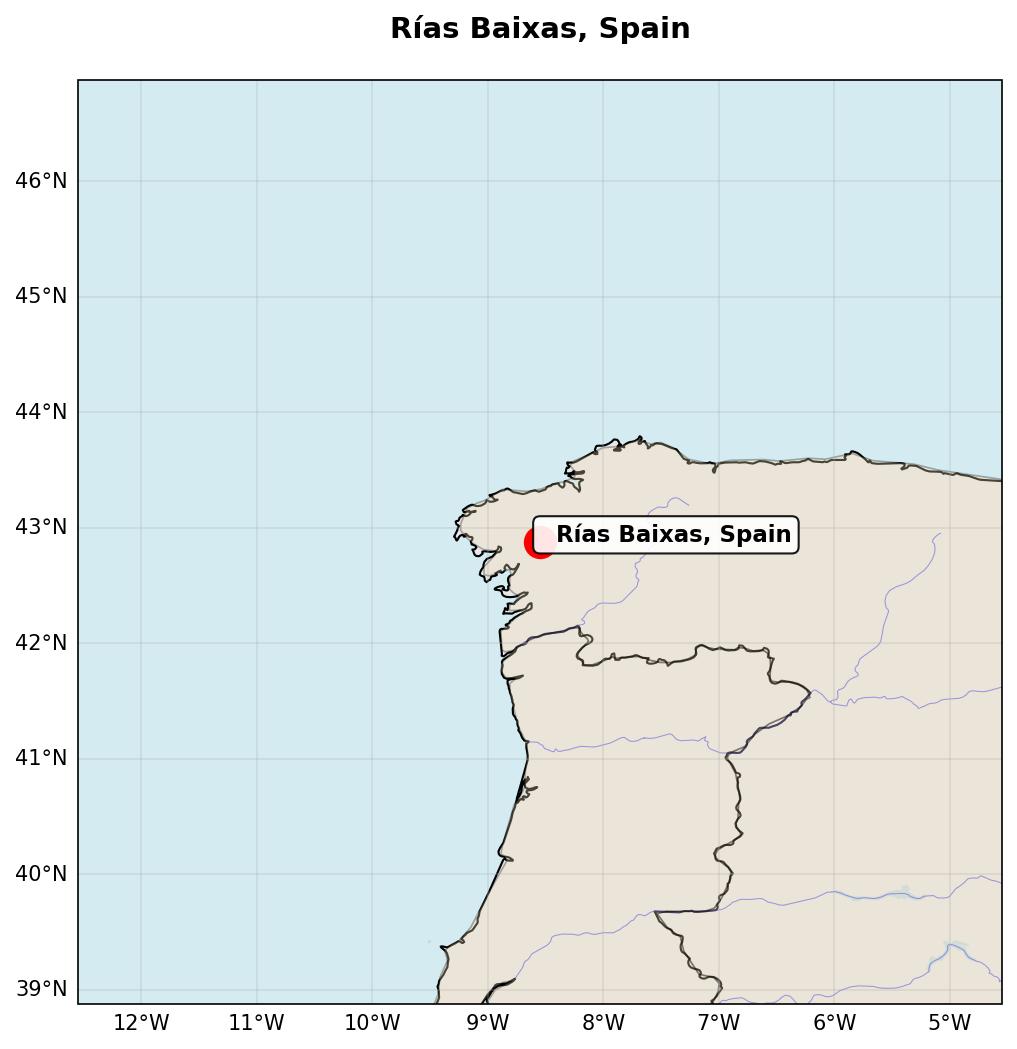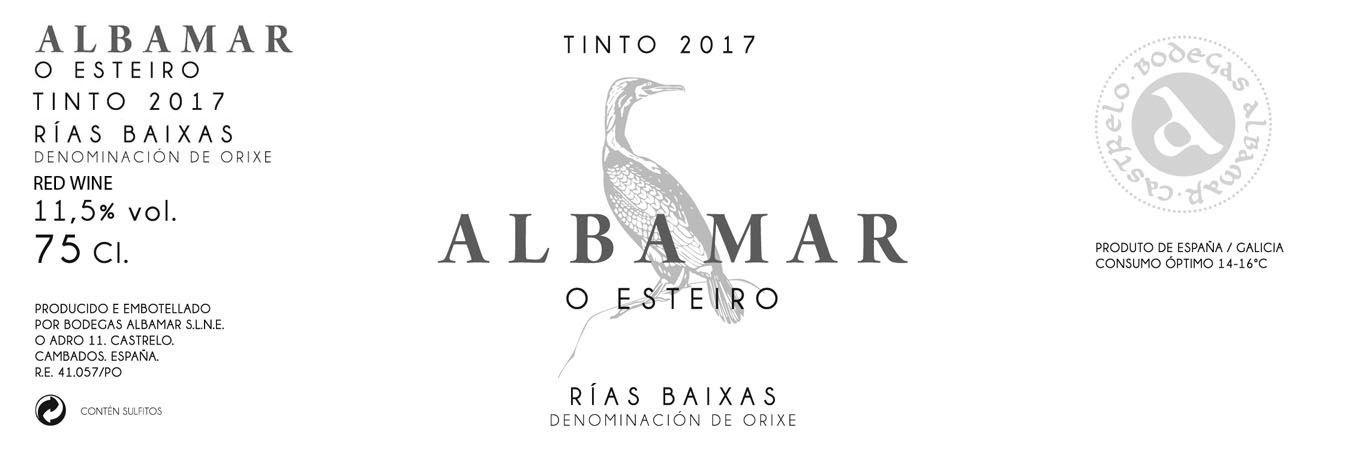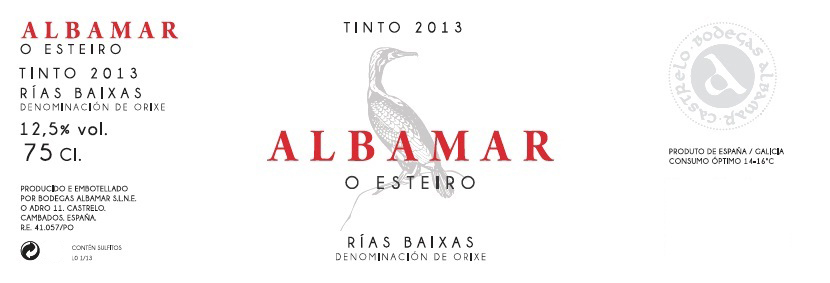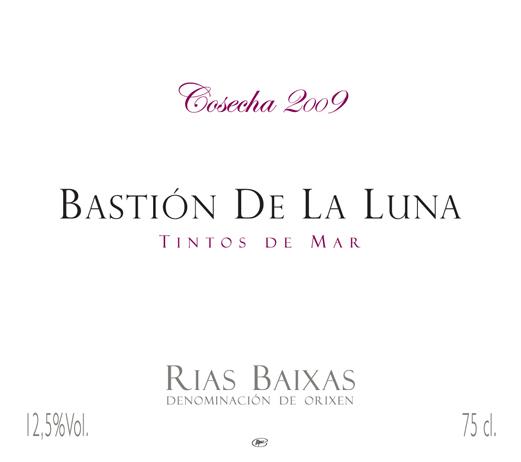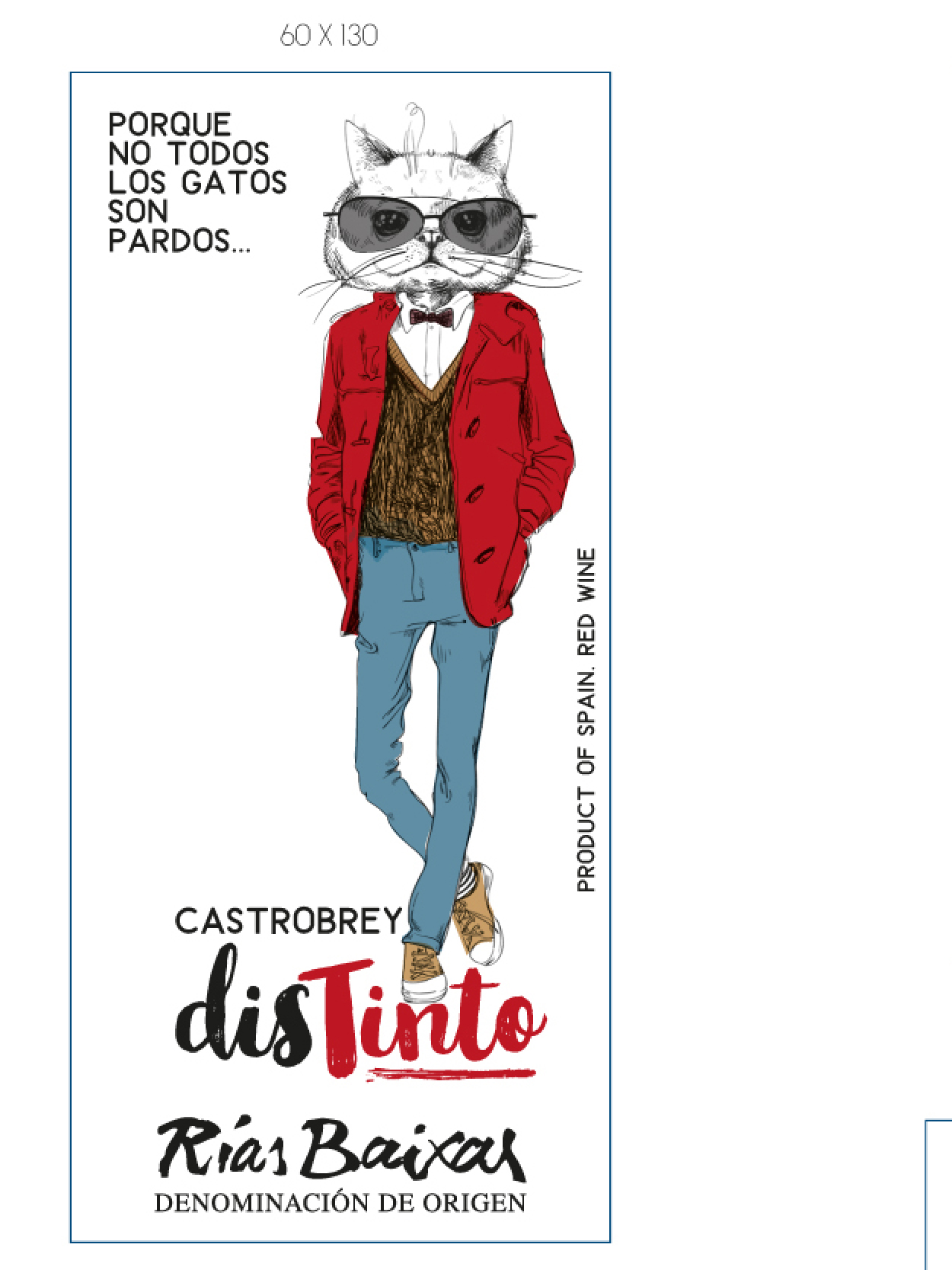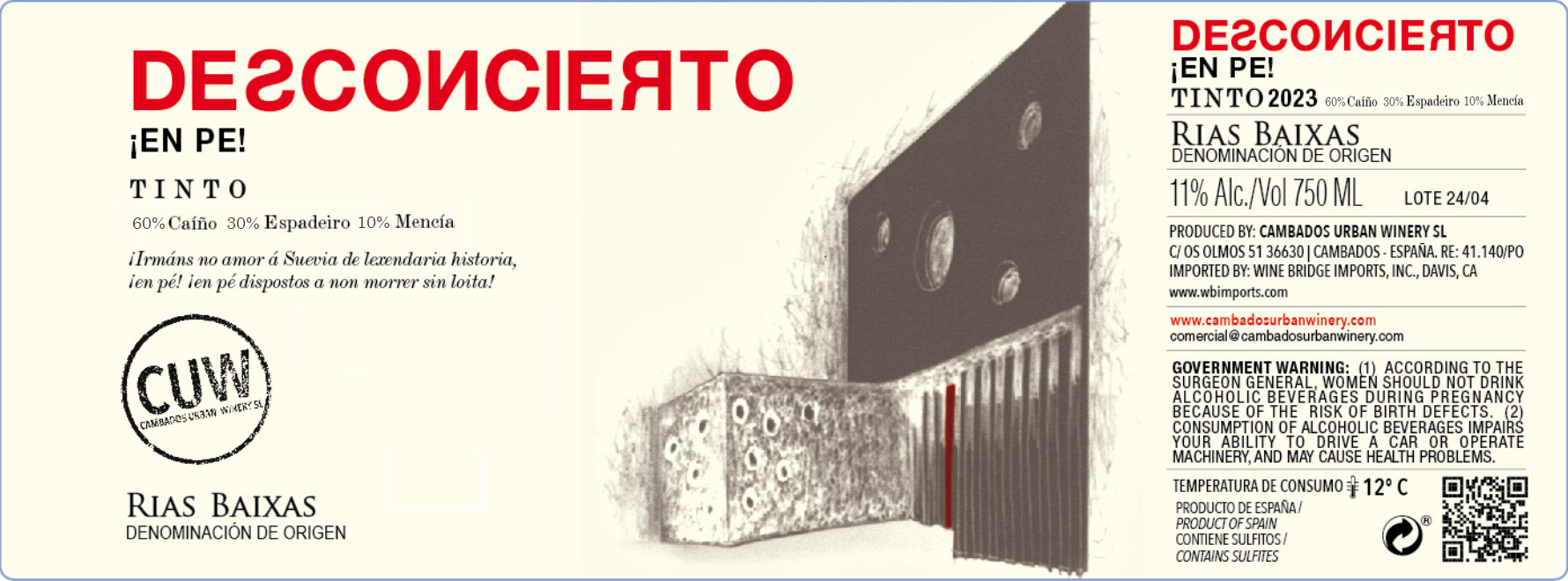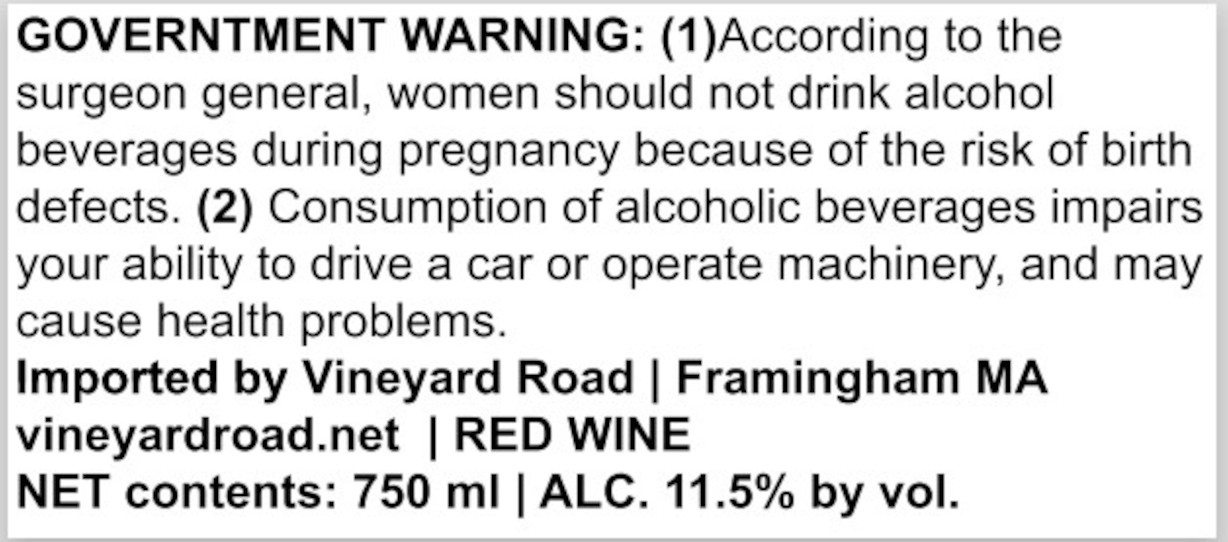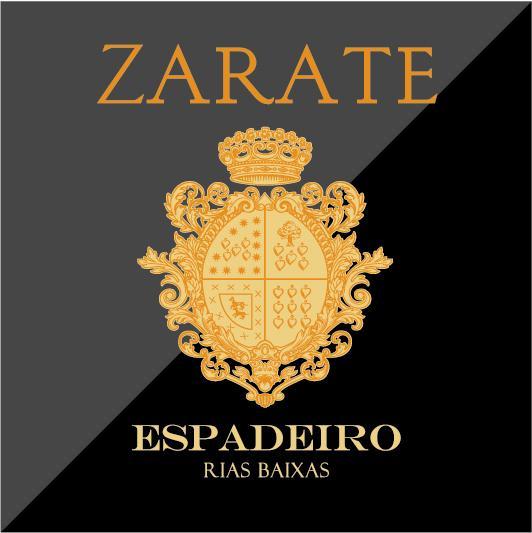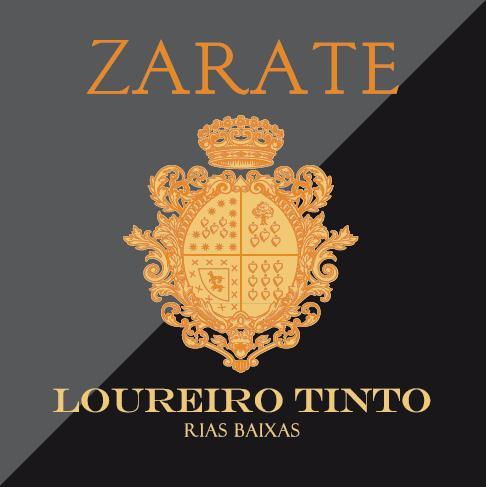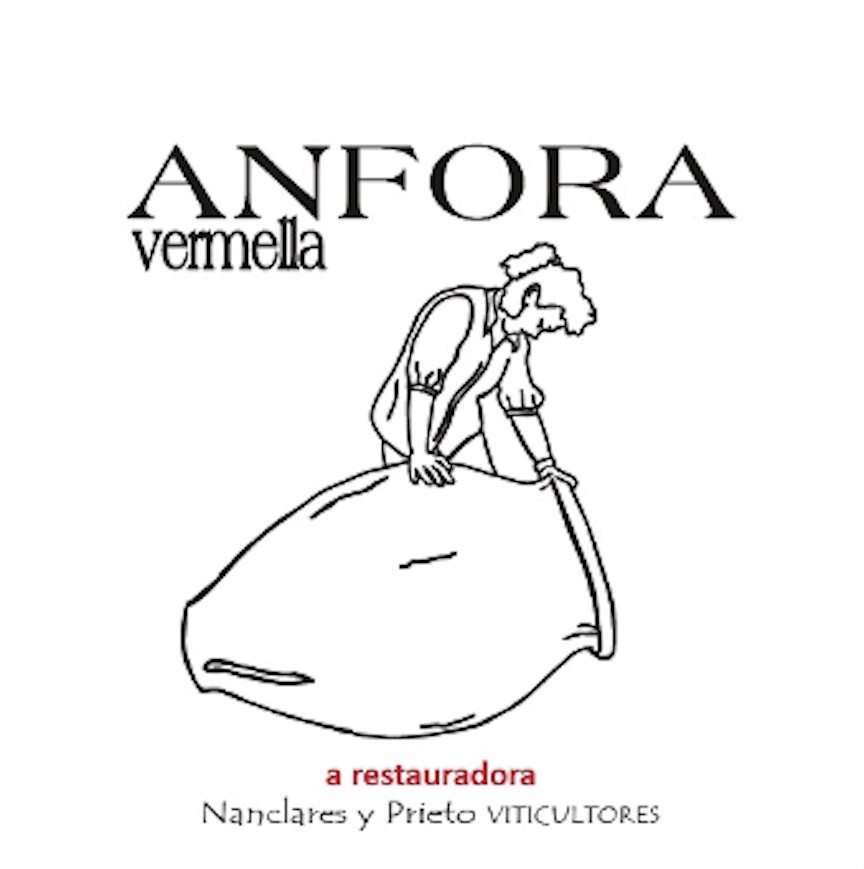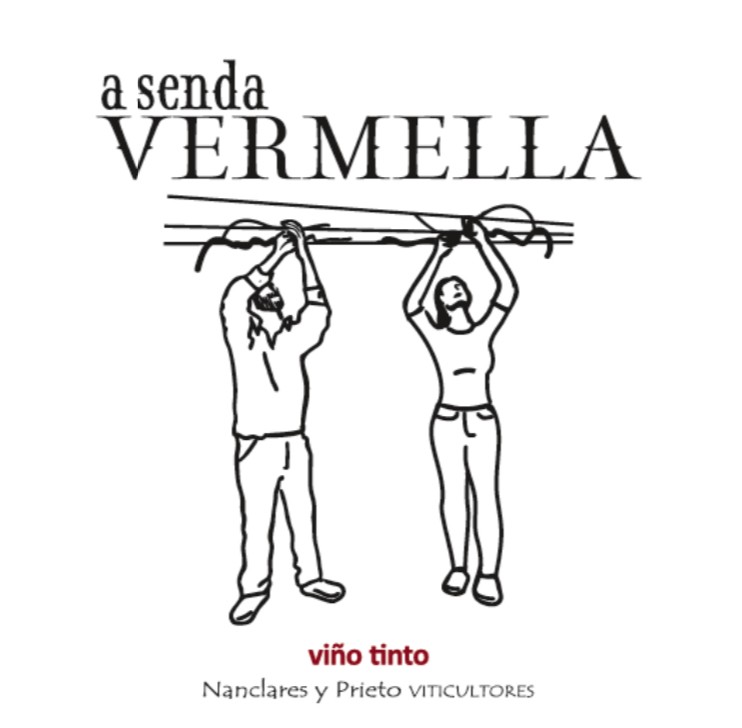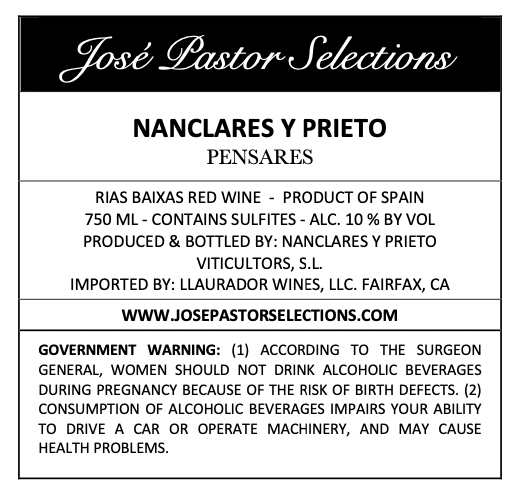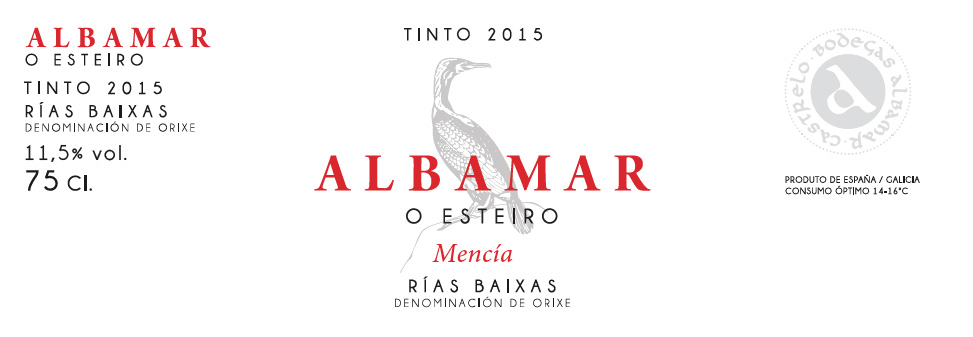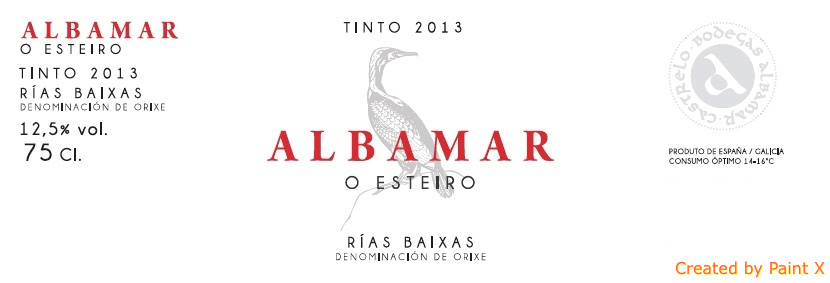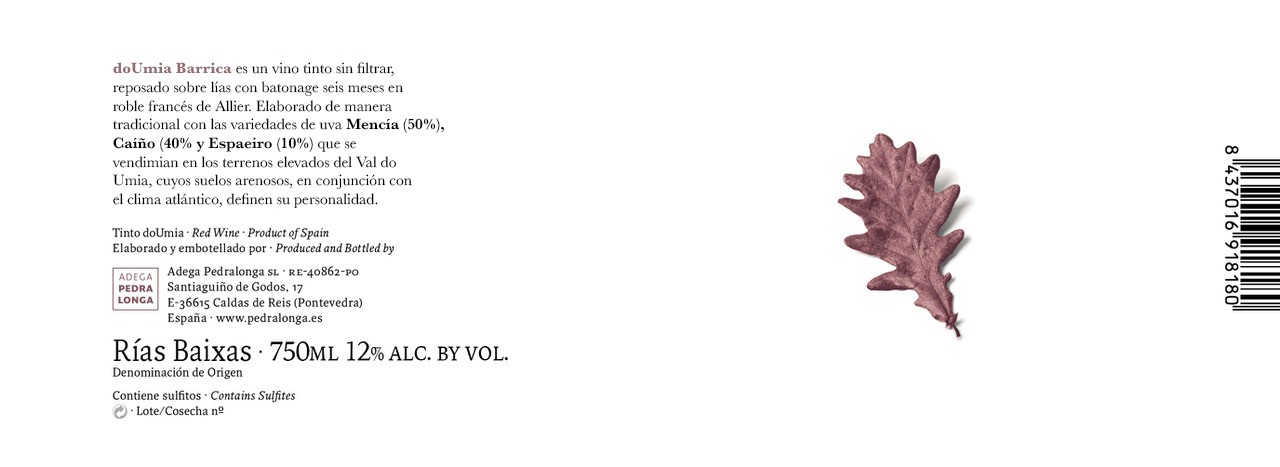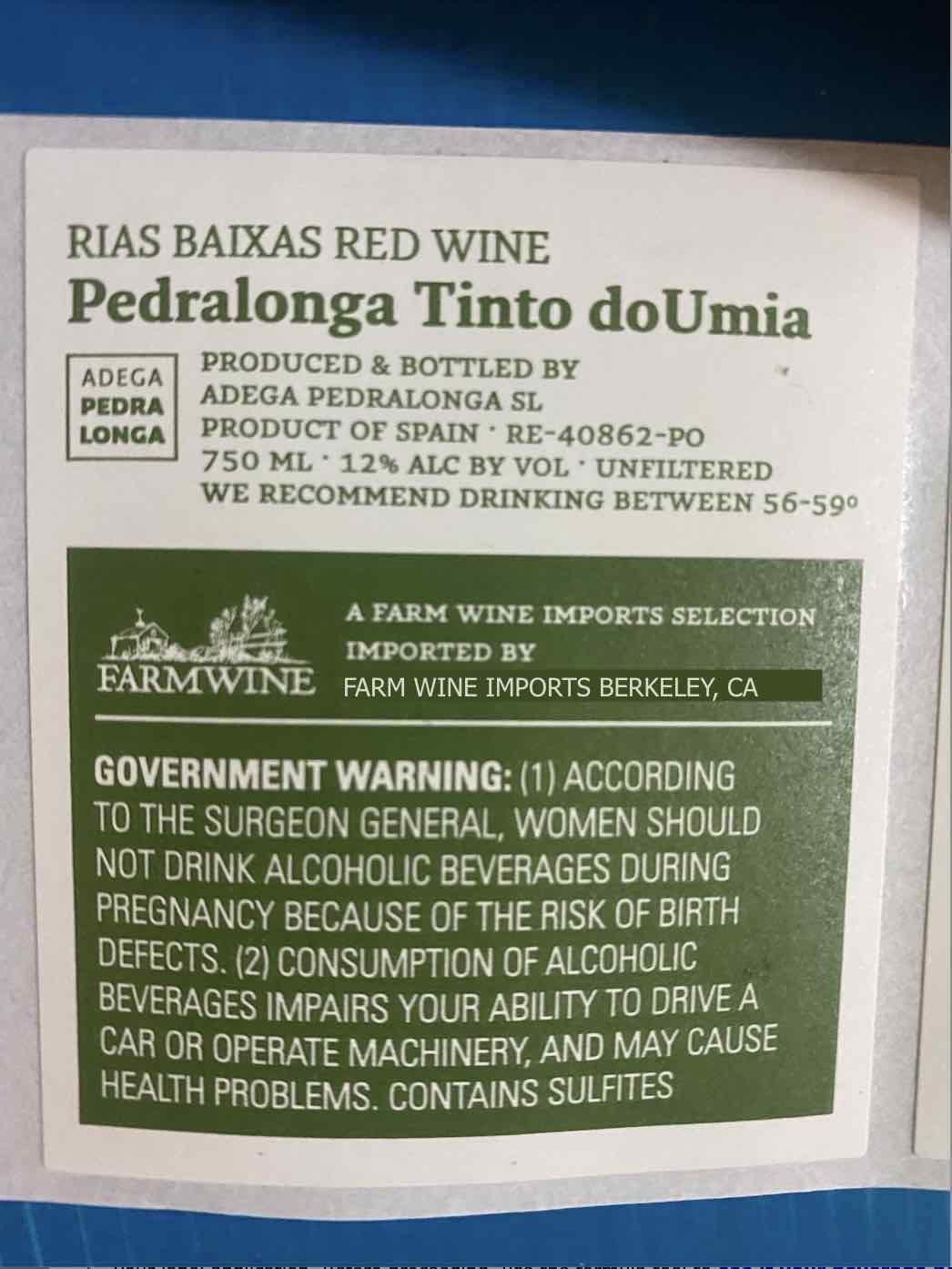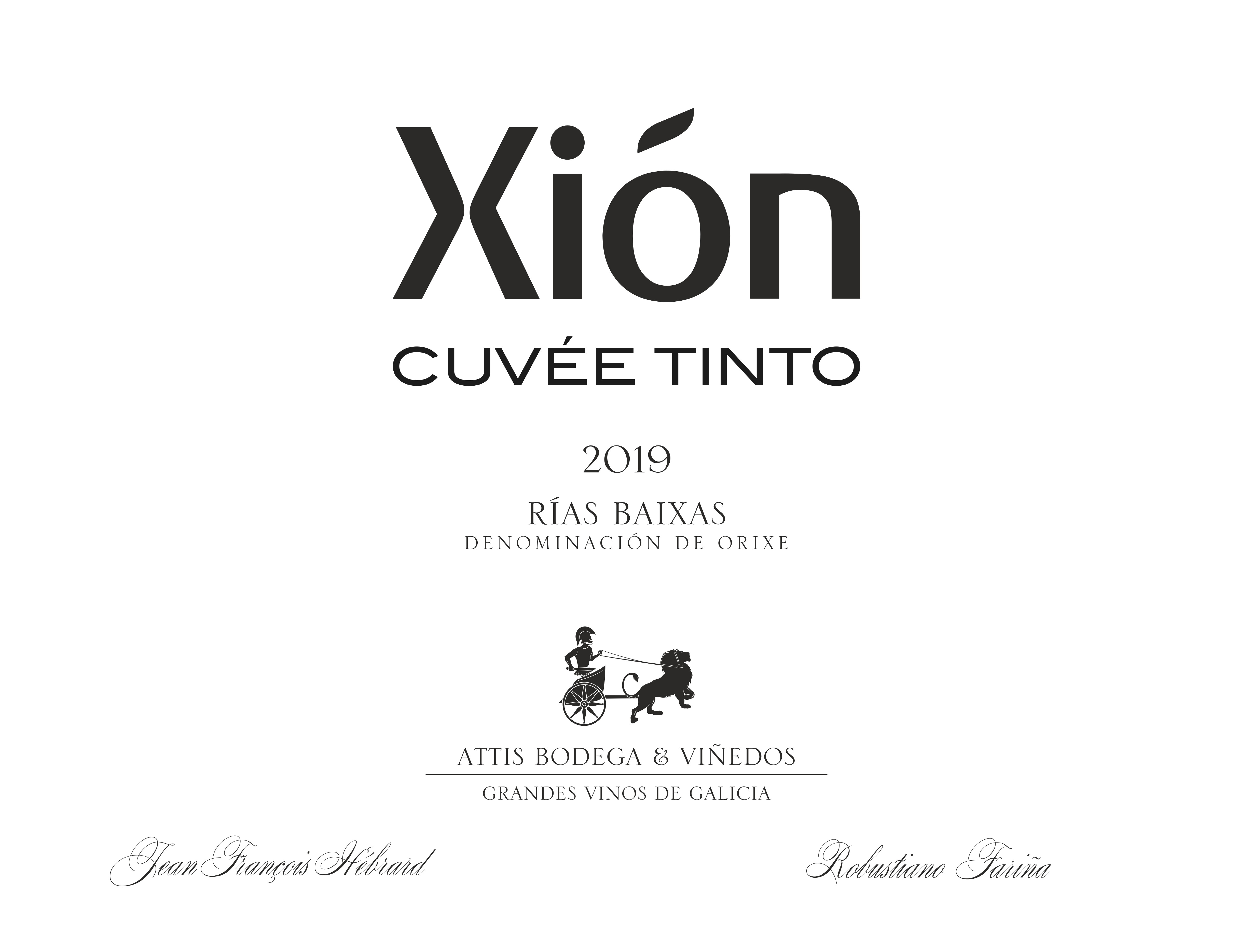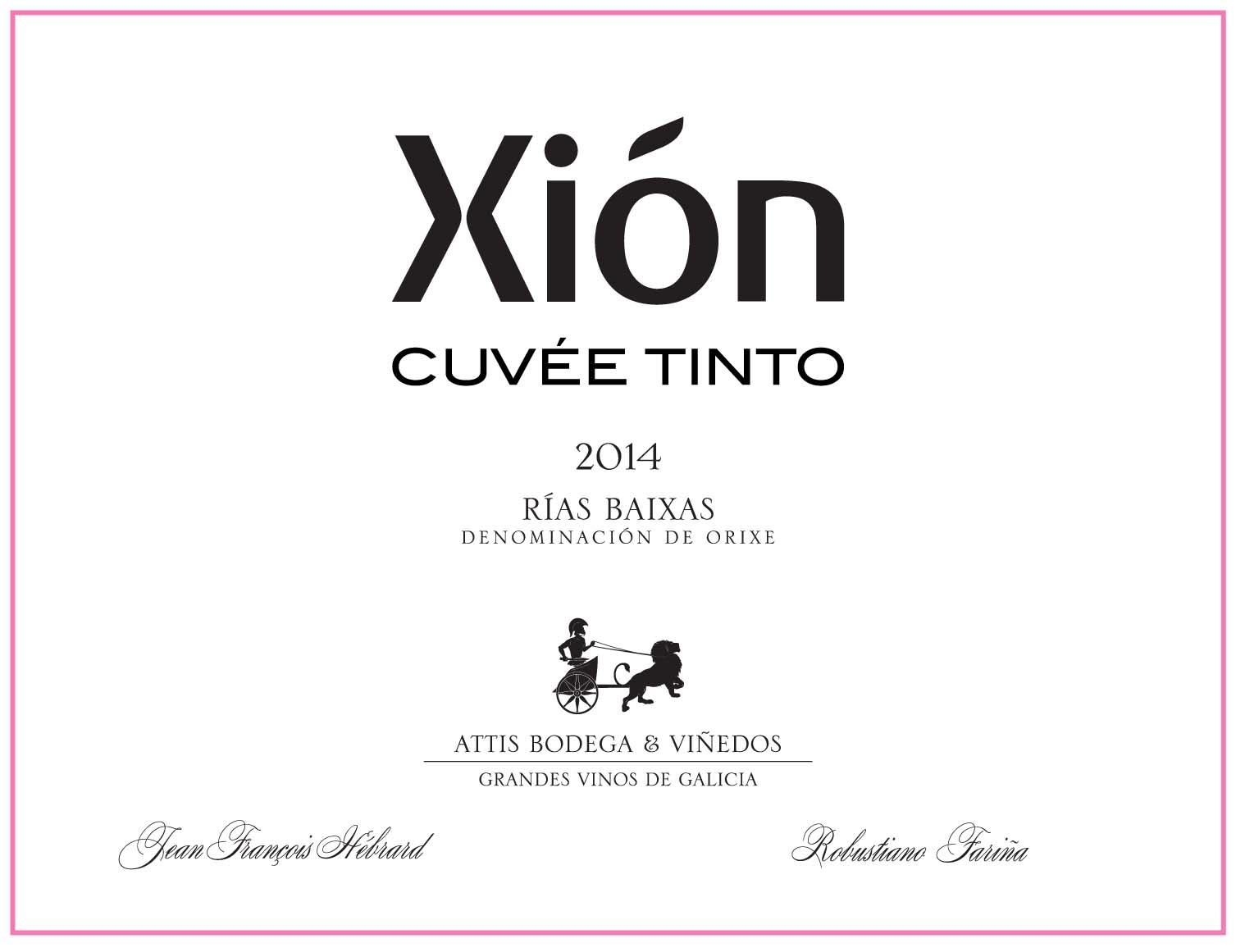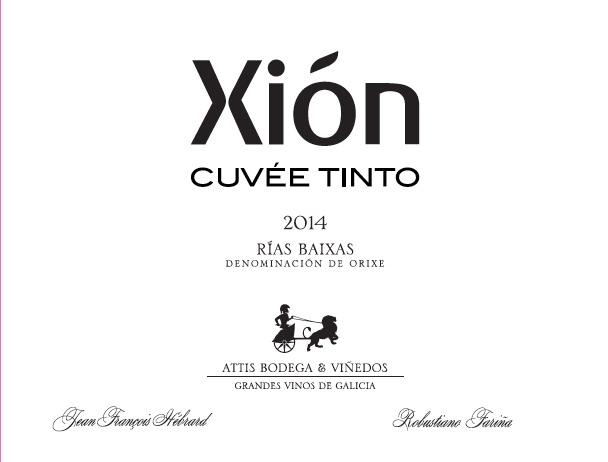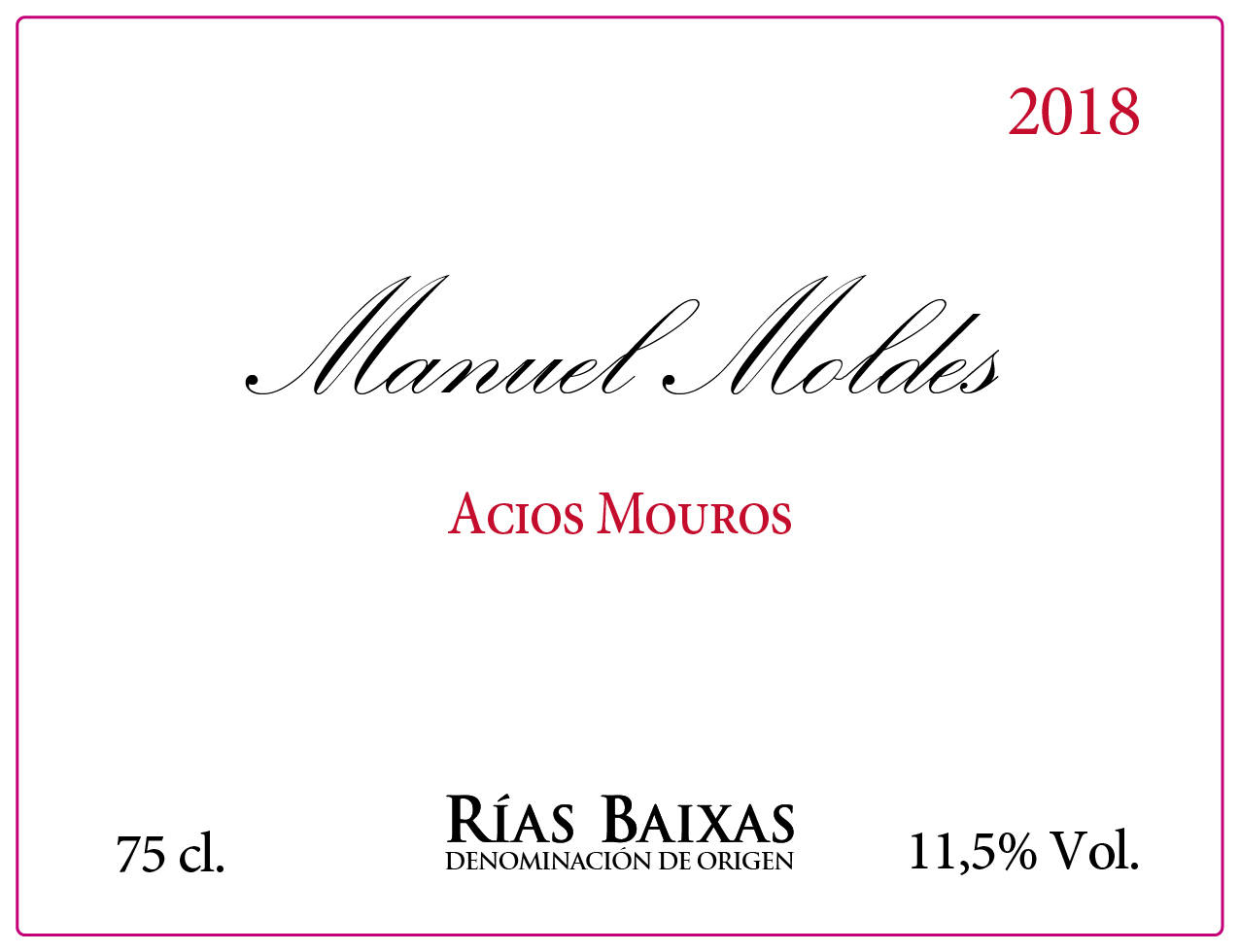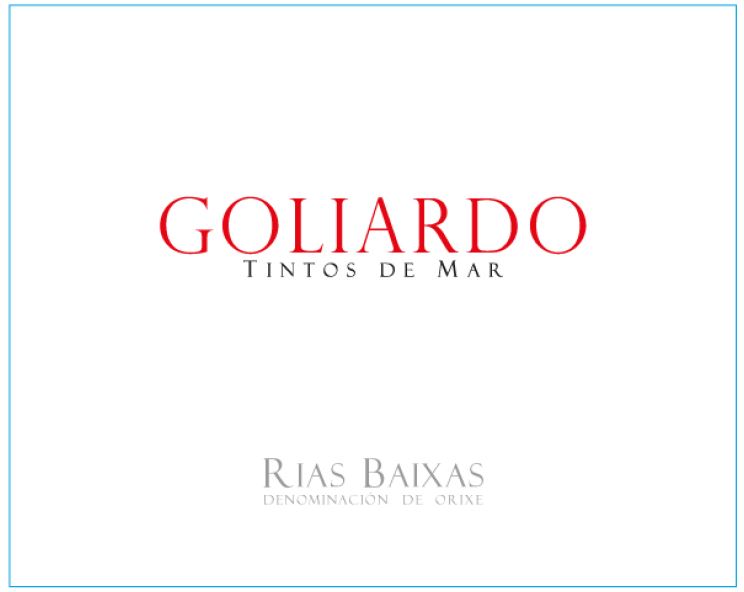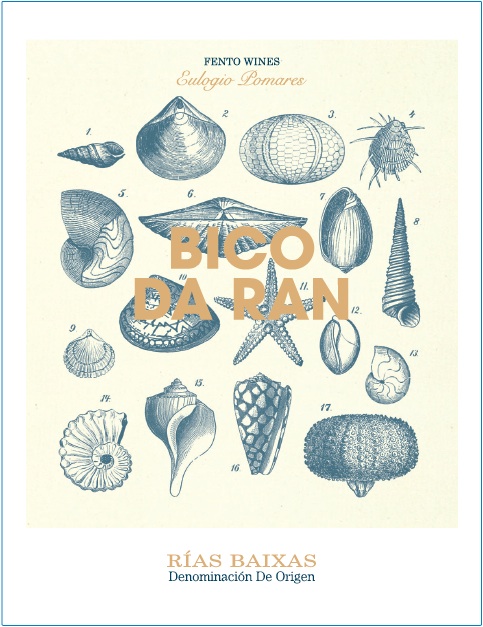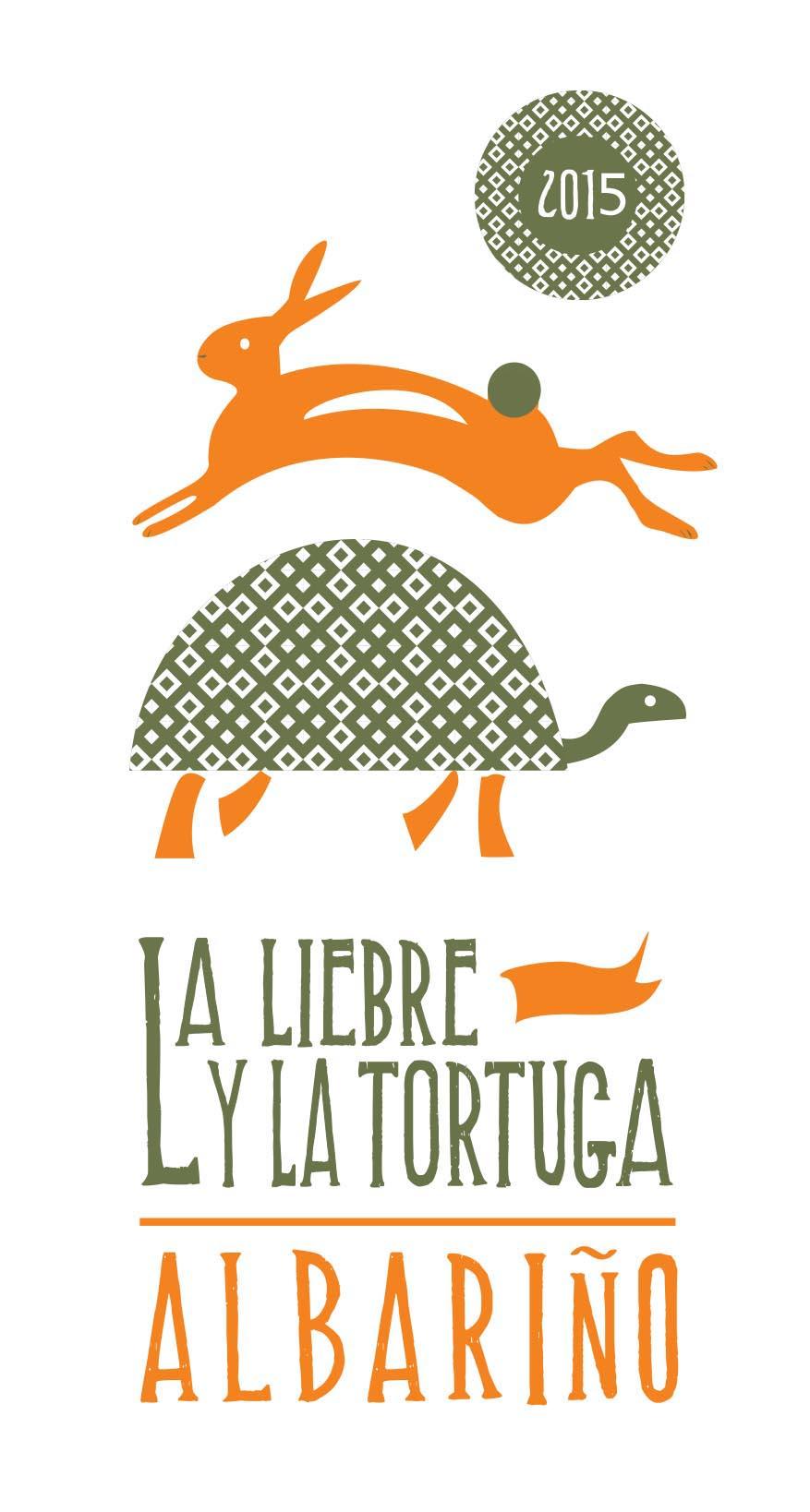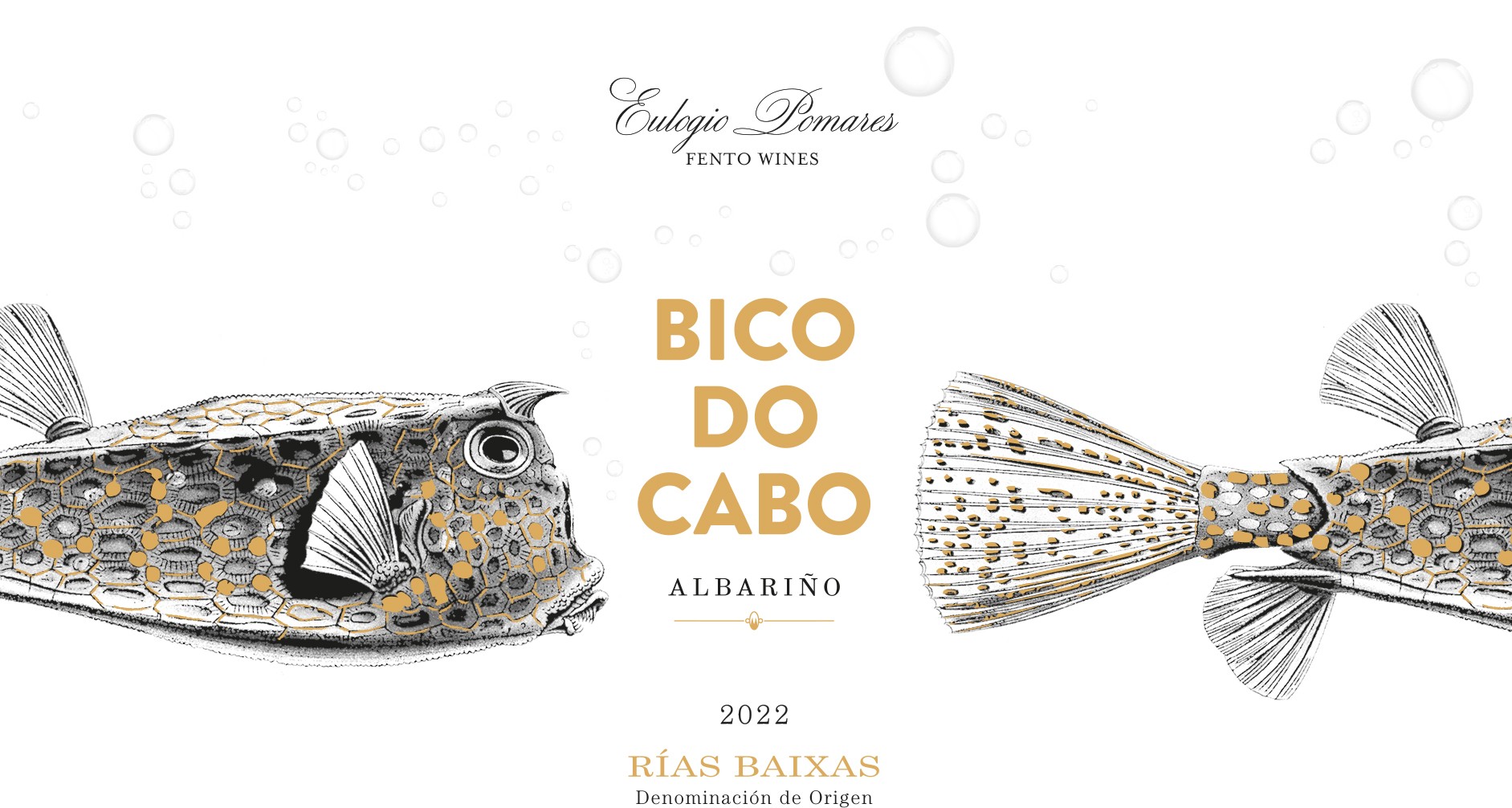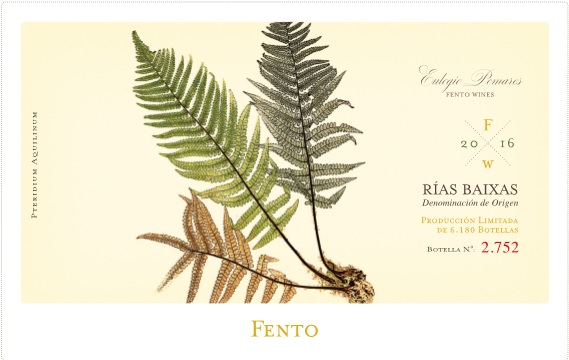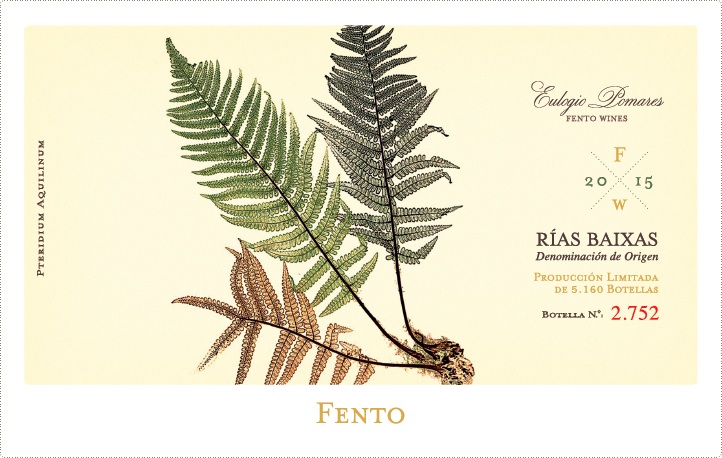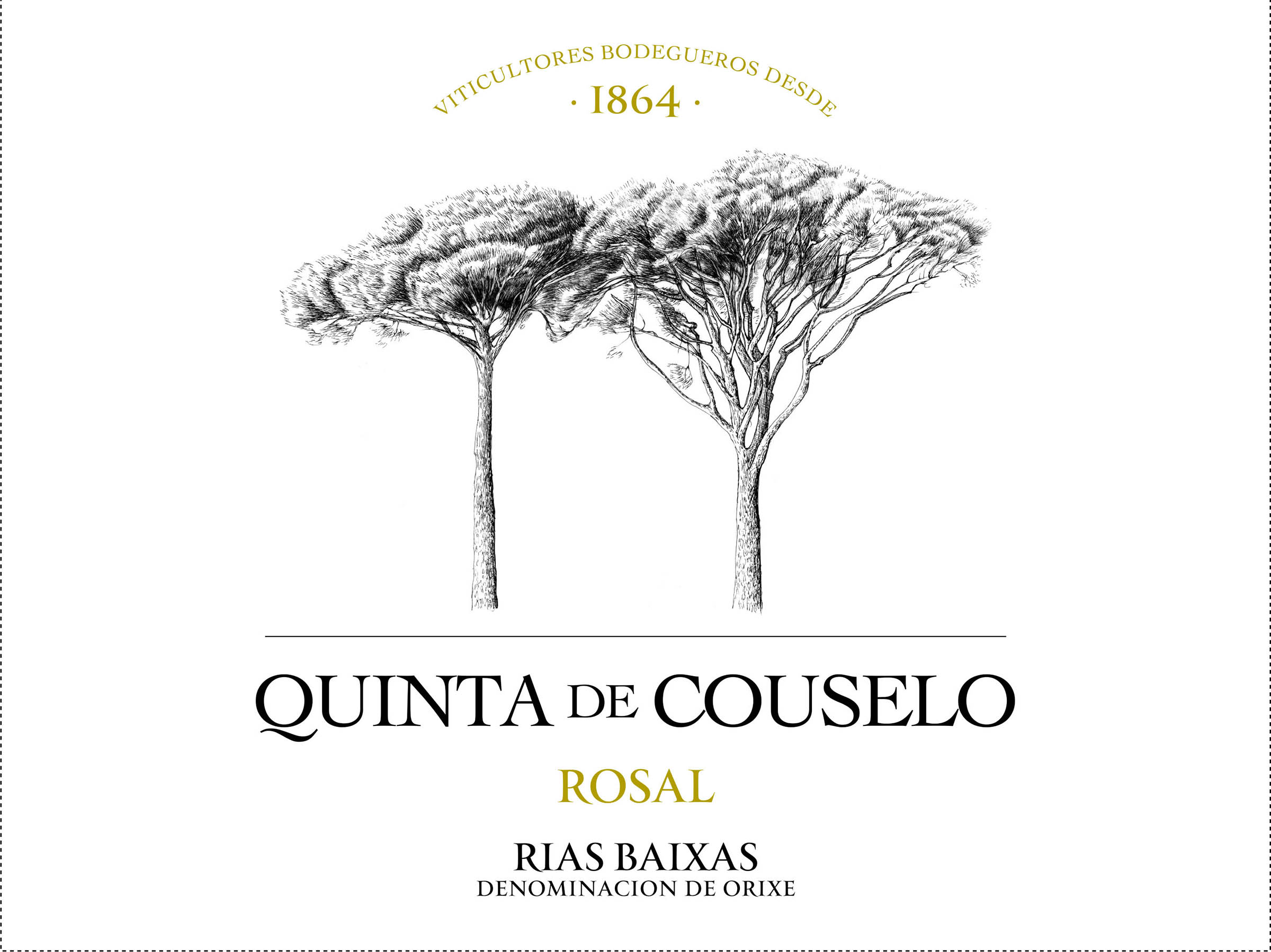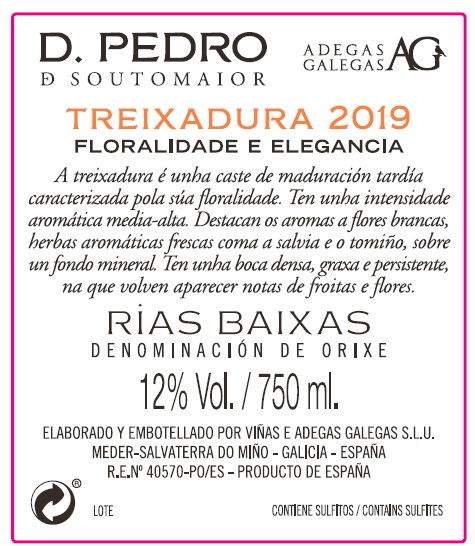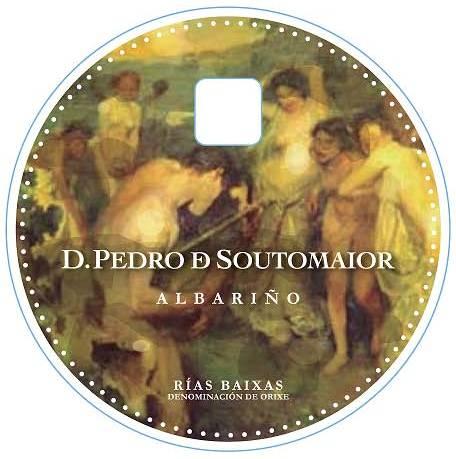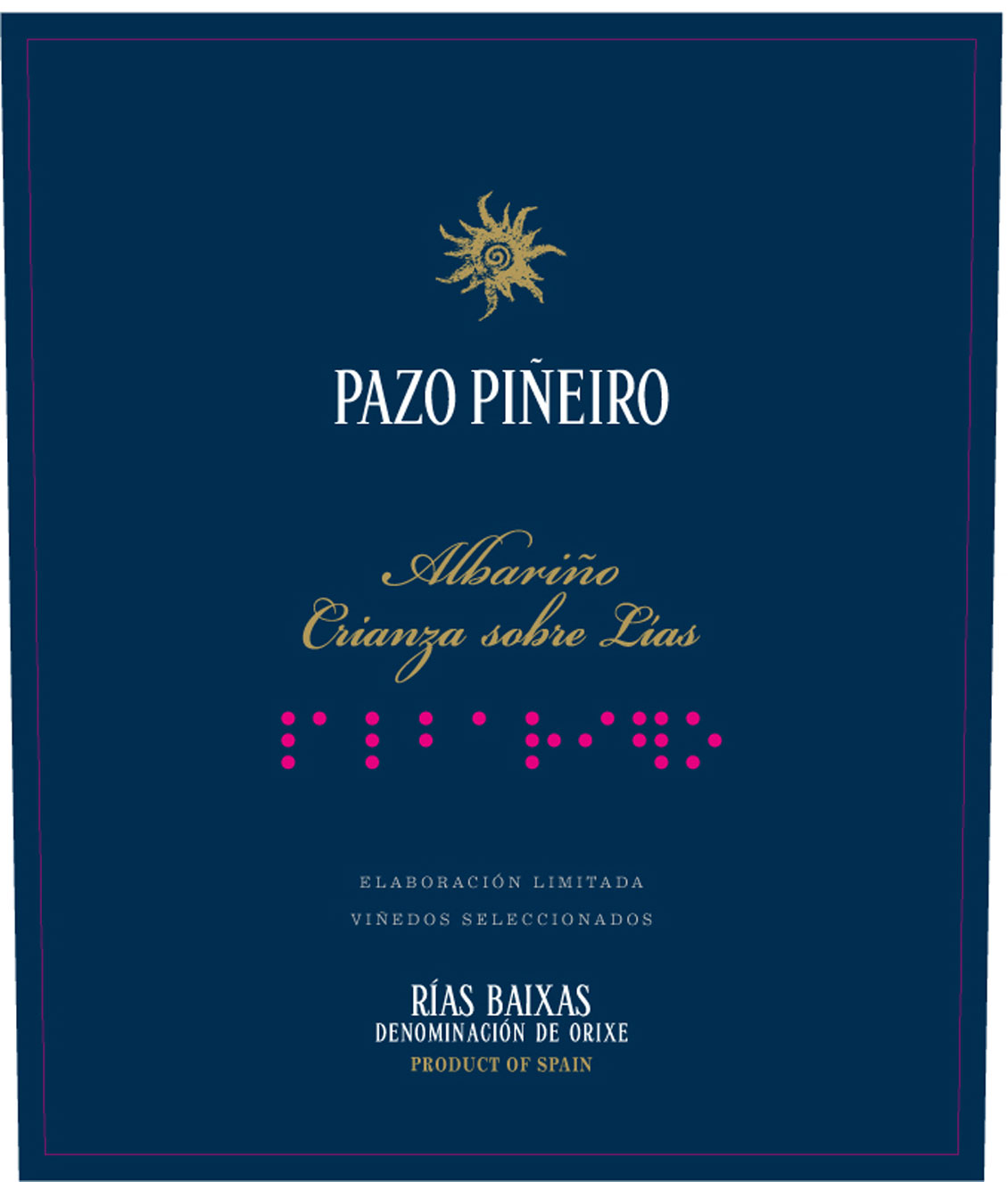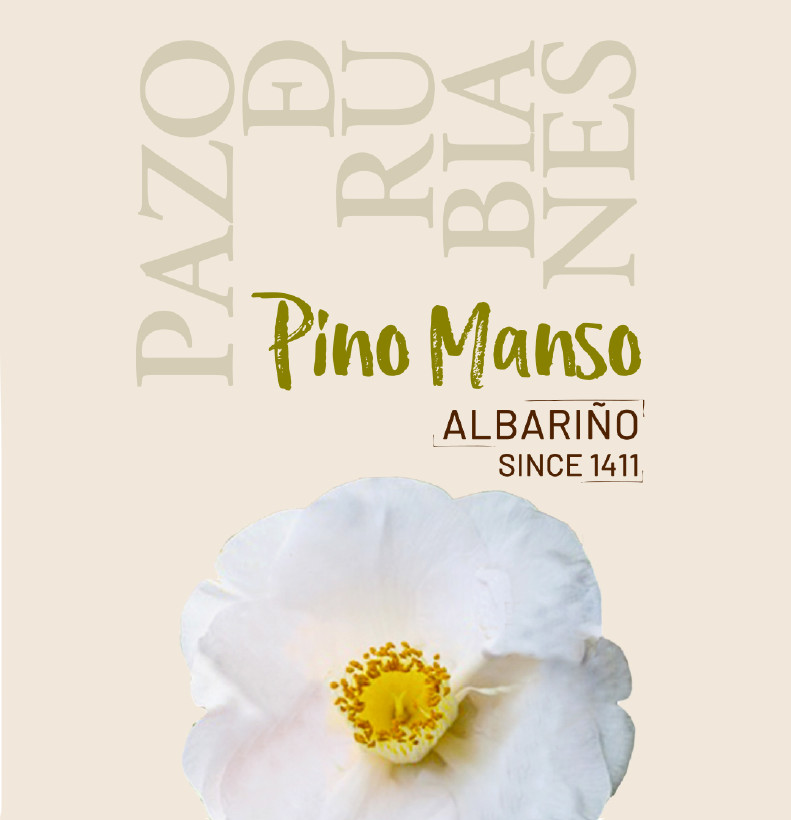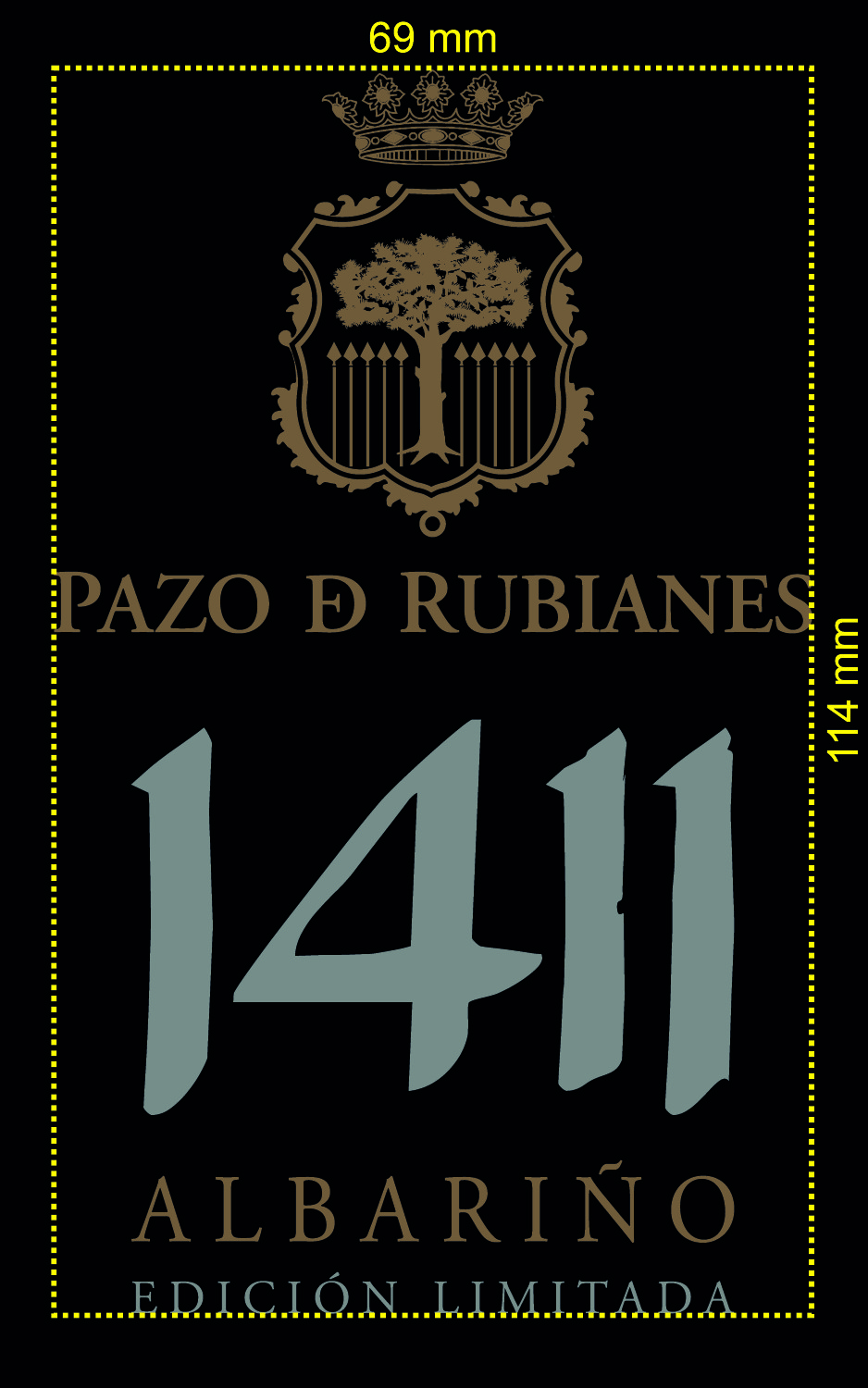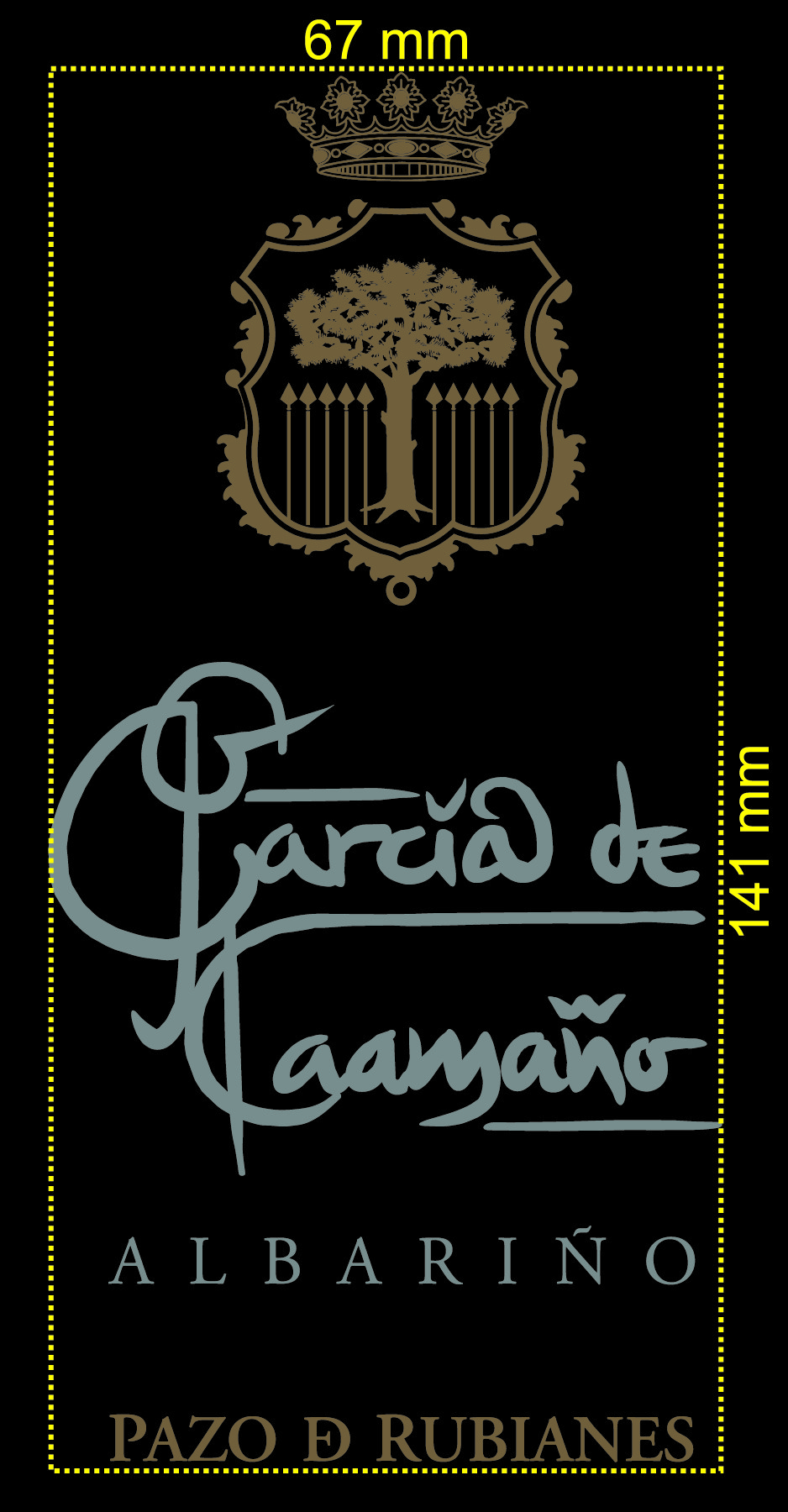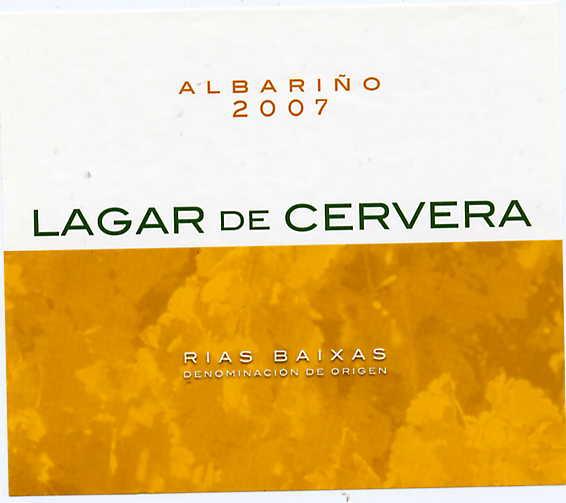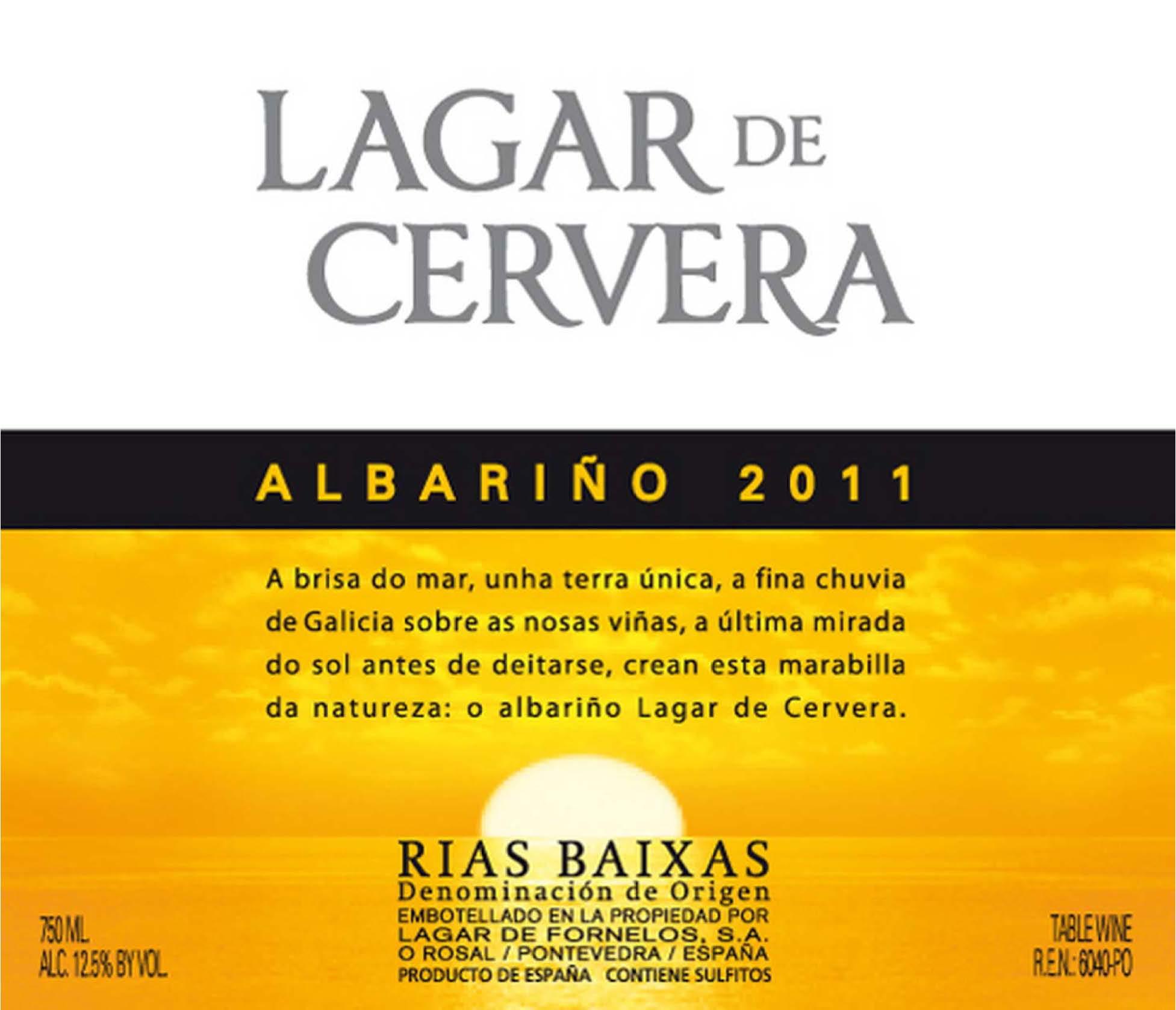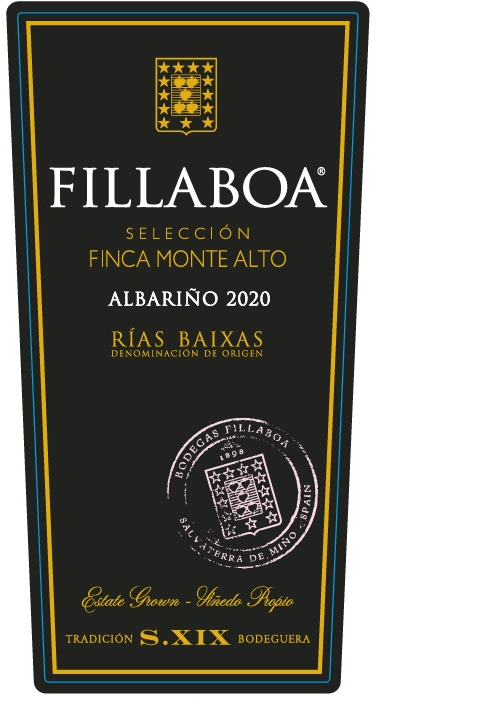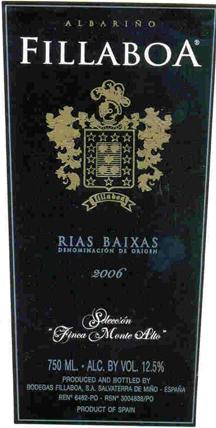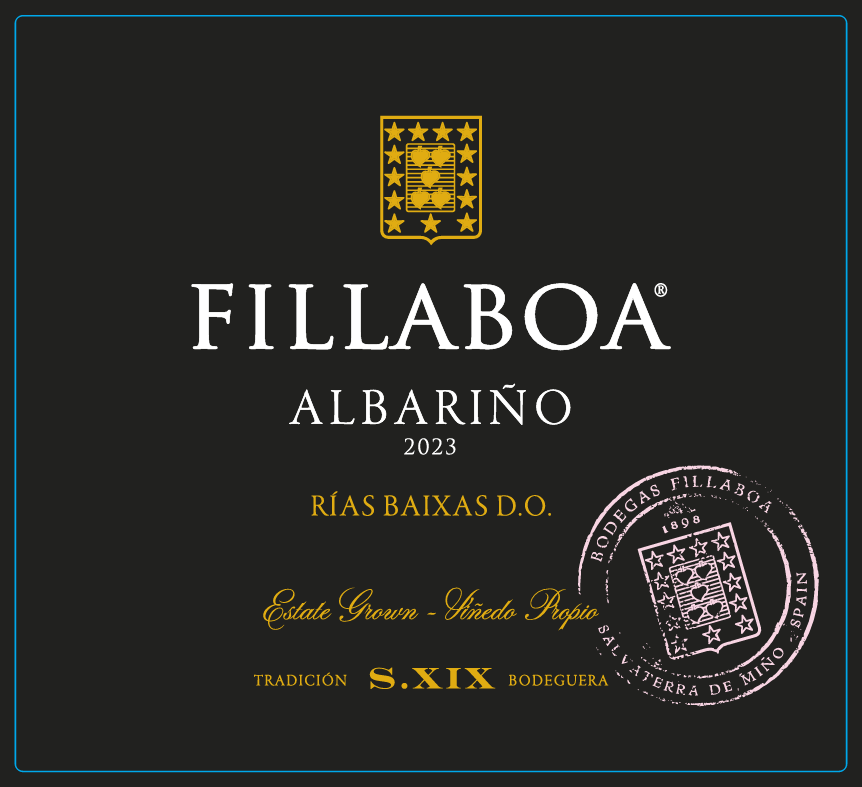Terroir of Rías Baixas
Rías Baixas enjoys a cool, damp climate influenced by the Atlantic Ocean. The region has mild, wet winters and warm, pleasant summers, with little frost. This creates a long growing season. Steady sea breezes keep temperatures stable, helping grapes develop high acidity and complex flavors.
The region's soils come from ancient granite bedrock, forming stony sands and loams. Vineyards are usually on well-draining, shallow, acidic soils, especially on Salnés' hillsides and river terraces.
In Val do Salnés, sandy loams sit on granite, while Condado do Tea and O Rosal have granitic gravels mixed with clay. Soutomaior and Ribeira do Ulla have alluvial topsoils near streams.
These lean, granite soils control vine growth, adding a mineral taste to the wines. Ample rainfall and ocean breezes keep the vines healthy.
Notable Wineries in Rías Baixas
Rías Baixas, a picturesque wine region in Spain's Galicia, is celebrated for its dedication to Albariño. Here are a few standout wineries:
-
Bodegas Martín Códax: Started in the 1980s as a growers' cooperative, it's named after a medieval troubadour and is renowned for its lively Albariño.
-
Pazo de Señorans: Located in Val do Salnés, this historic estate is noted for its mineral-rich Albariños and innovative sur-lie aging.
-
Terras Gauda: Near O Rosal, this winery is famous for its aromatic blends of Albariño, Loureiro, and Caiño Blanco.
-
Adegas Fillaboa: Situated in Condado do Tea, it crafts Albariño with depth and aging potential, influenced by granite soils.
Sustainable Winemaking in Rías Baixas
In Rías Baixas, a commitment to sustainability shapes the winemaking landscape, with many vineyards adopting organic and low-input practices. The humid Atlantic climate challenges growers with mildew, prompting them to use integrated viticulture and cover crops to reduce herbicides and enhance soil health.
Cautious use of sulfur and copper, along with canopy management, helps manage pests while trials with disease-resistant materials aim to minimize future chemical use.
Water and energy efficiency are prioritized, with dry farming and water-recycling systems common. Many wineries invest in energy-efficient technologies and renewable energy sources. While no single eco-label unites the region, varied sustainability standards guide practices that protect the environment. This ensures that Rías Baixas’ distinctive Atlantic terroir is championed responsibly.
Wine Tourism in Rías Baixas
Rías Baixas offers a rich tapestry of wine tourism experiences, drawing in visitors with its unique blend of natural beauty and cultural heritage.
The Festa do Albariño in Cambados is a highlight, featuring a week of festivities with wine tastings, music, and local cuisine. The Ruta do Viño Rías Baixas connects the five subzones, guiding visitors through scenic vineyards and tasting houses offering Albariño and local tapas pairings.
In addition to wine, the region's coastal attractions provide a captivating backdrop. Visitors can explore the historic towns of Combarro and Pontevedra or relax on the beaches of the O Grove peninsula. Gastronomy plays a significant role here, with wine routes offering seafood pairings that celebrate the area's "sea-to-table" culture, ensuring an immersive experience that highlights the harmonious relationship between wine, food, and the stunning Atlantic landscape.


